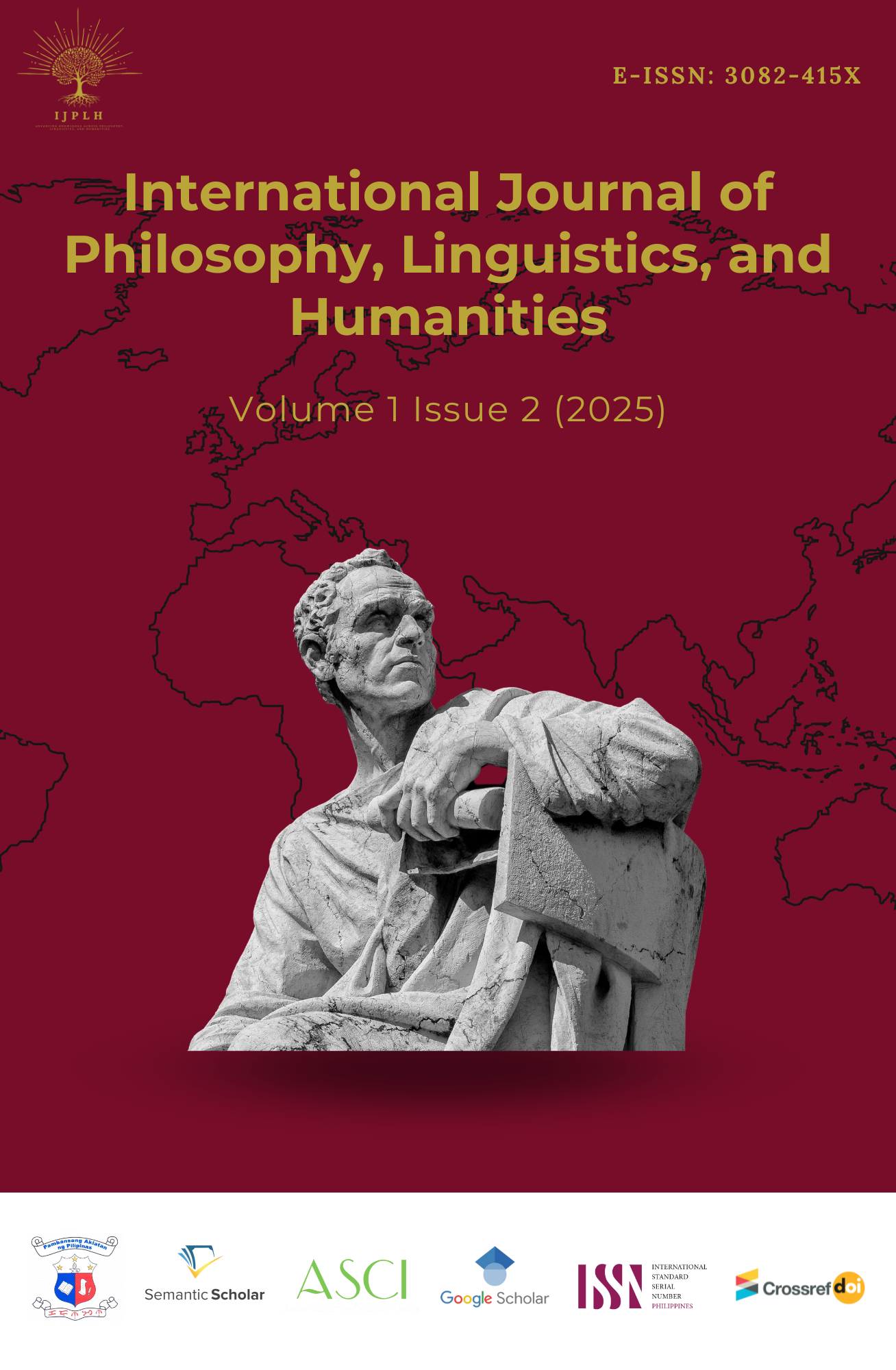Semiotic Anarchy and Logical Fractures: The Collapse of Bivalence in Language and Reality
Main Article Content
Abstract
This paper interrogates the boundaries of classical logic by examining violations of the Law of Excluded Middle (LEM) and the Principle of Bivalence (PB) across two seemingly disparate domains: semiotic sand formal systems. Drawing from Frege’s sense-reference distinction, Russell’s theory of descriptions, and Wittgenstein’s later pragmatism, we first deconstruct how natural language smuggles surplus meaning through implicature, metaphor, and performative utterances. We then demonstrate how quantum mechanics and mathematics dismantle LEM/PB by revealing ontic indeterminacy. The synthesis of these threads exposes a fundamental tension: while language thrives on ambiguity, classical logic demands binary precision. By bridging Gricean pragmatics with quantum logic, we argue that meaning and truth are emergent phenomena, requiring a pluralistic framework that accommodates gradient truth-values, contextual indeterminacy, and paradoxical utterances.
Article Details

This work is licensed under a Creative Commons Attribution 4.0 International License.
Copyright © 2024 IJPLH, its licensors, and contributors. All rights are reserved. For all open access content, the Creative Commons (CC) Attribution 4.0 International Public License terms apply.
References
Austin, J. L. (1962). How to Do Things with Words. Harvard University Press.
Barthes, R. (1967). The Death of the Author. Aspen.
Beall, J. C., & Restall, G. (2006). Logical pluralism. Oxford: Clarendon Press.
Birkhoff, G., & von Neumann, J. (1936). The logic of quantum mechanics. Annals of Mathematics, 37(4), 823–843.
Borg, E., & Fisher, S. A. (2025). Meaning: A Very Short Introduction. Oxford University Press.
Borges, J. L. (1941). The Library of Babel. Sur.
Brentano, F. (1874). Psychology from an Empirical Standpoint. Routledge.
Brouwer, L. E. J. (1908). The unreliability of the logical principles. Nieuw Archief voor Wiskunde, 9, 249–258.
Donnellan, K. S. (1966). Reference and definite descriptions. The Philosophical Review, 75(3), 281–304.
Dummett, M. (1991). The Logical Basis of Metaphysics. Harvard University Press.
Eco, U. (1976). A Theory of Semiotics. Indiana University Press.
Frege, G. (1892). On sense and reference. Zeitschrift für Philosophie und philosophische Kritik.
Frege, G. (1948). Sense and reference. The Philosophical Review, 57(3), 209–230.
Grice, H. P. (1957). Meaning. The Philosophical Review, 66(3), 377–388. https://semantics.uchicago.edu/kennedy/classes/f09/semprag1/grice57.pdf
Grice, H. P. (1975). Logic and conversation. In Syntax and Semantics 3: Speech Acts. Academic Press.
Haack, S. (1978). Philosophy of Logics. Cambridge University Press.
Swift, J. (1969). A modest proposal. Editorial Ink.
Lakoff, G., & Johnson, M. (1980). Metaphors We Live By. University of Chicago Press.
Łukasiewicz, J. (1920). On three-valued logic. Ruch Filozoficzny, 5, 170–171.
Priest, G. (1979). The logic of paradox. Journal of Philosophical Logic, 8(1), 219–241.
Russell, B. (1905). On denoting. Mind, 14(56), 479–493.
Van Dijk, T. A. (1992). Discourse and the denial of racism. Discourse & Society, 3(1), 87–118.
Wittgenstein, L. (1922). Tractatus Logico-Philosophicus (Preface).
Wittgenstein, L. (1953). Philosophical Investigations. Blackwell.

